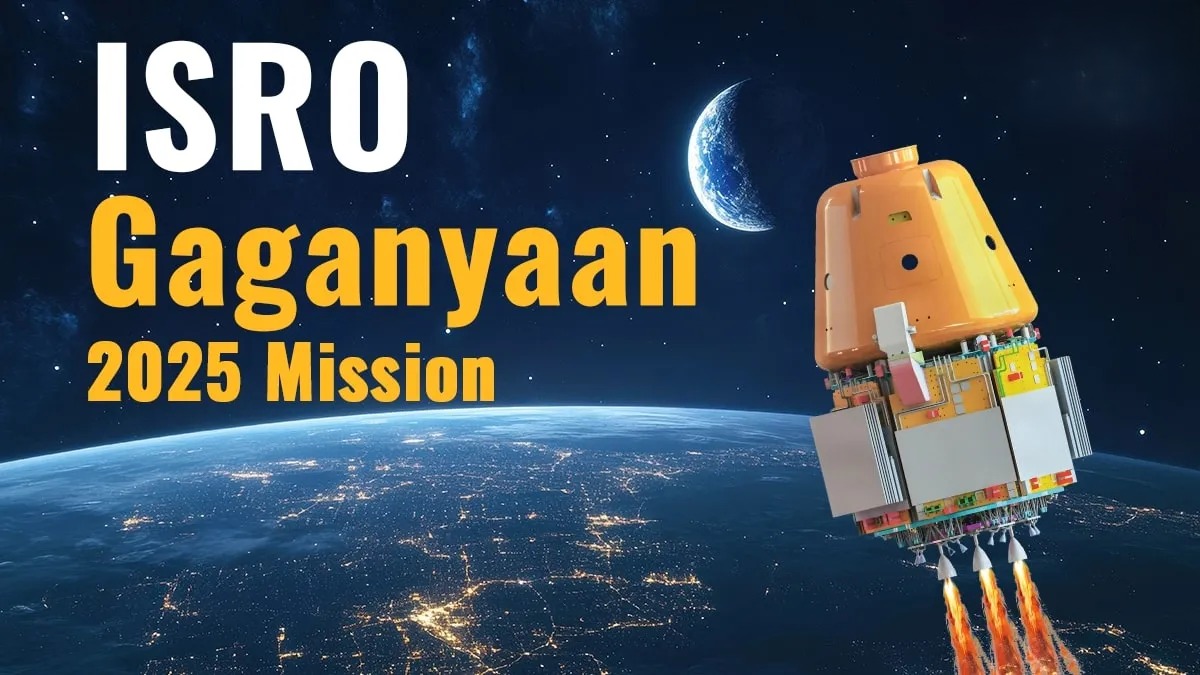India is gearing up for a historic milestone as the Indian Space Research Organisation (ISRO) prepares to launch the first uncrewed mission of its ambitious Gaganyaan human spaceflight programme, known as G1, scheduled for December 2025. This crucial test flight will carry Vyommitra, a cutting-edge half-humanoid robot designed to simulate human responses and monitor spacecraft systems, laying the groundwork for future crewed missions.
Key Highlights Of The Gaganyaan G1 Mission
The G1 mission marks the first uncrewed test flight, aiming to validate safety protocols, avionics, navigation, and environmental control and life support systems (ECLSS).
Vyommitra, the half-humanoid robot onboard, will interact with onboard systems, mimic astronaut behavior in microgravity, and provide critical data to ensure crew safety in upcoming manned missions.
ISRO Chairman V. Narayanan emphasized that over 80% of the required tests have already been successfully completed, with the remainder to be done by March 2026.
The mission builds on the valuable experience of astronaut Group Captain Shubhanshu Shukla, who recently returned from the Axiom-4 mission to the International Space Station, passing on insights for Gaganyaan’s success.
G1 is part of a broader ISRO vision including advanced cryogenic engine technology, coordination with NASA on the NISAR satellite project, and upcoming satellite launches.
The launch reinforces India’s expanding role in global space technology, with over 433 satellites from 34 countries launched via Indian space vehicles to date.
ISRO’s integrated efforts involve 20,000 employees, 450 industrial partners, and 300 academic collaborations, underscoring its massive ecosystem.
The upcoming crewed Gaganyaan missions aim to send Indian astronauts into low Earth orbit, marking a new era in the country’s space exploration journey.
The Role Of Vyommitra In Detail
Vyommitra represents a significant breakthrough in India’s space robotics capabilities. As a half-humanoid, Vyommitra is engineered to replicate astronauts’ vocal communication, monitor cabin conditions, manage environmental controls, and perform routine tasks, effectively reducing risks before humans board spacecraft. This innovation ensures extensive system checks of life support, avionics, and safety equipment in real-time, promising safer manned missions ahead.
Why The G1 Mission Is Crucial
Validating mission parameters with G1 is vital to minimize dangers during crewed flights. It tests the spacecraft’s resilience to launch vibrations, microgravity effects, and system integrity. The launch will also confirm ISRO’s readiness to handle human spaceflight complexities and humanitarian objectives like astronaut health, safety, and emergency readiness.
Looking Ahead: India’s Space Ambitions
G1 is a stepping stone toward India’s broader goals of sustained human spaceflight and exploration beyond Earth orbit. ISRO is also advancing the Bharatiya Antariksh Station, and joint missions such as with NASA on Earth observation (NISAR), consolidating India’s stature in the global space community.
Conclusion
ISRO’s upcoming Gaganyaan G1 mission and Vyommitra’s deployment signal a watershed moment for Indian space exploration. It promises to enhance India’s technological edge and pave the way for its dream of sending humans to space, reflecting India’s commitment to scientific innovation and international collaboration.
Sources: Times of India, NDTV, NewsOnAir, Indian Express, Angel One, Moneycontrol

